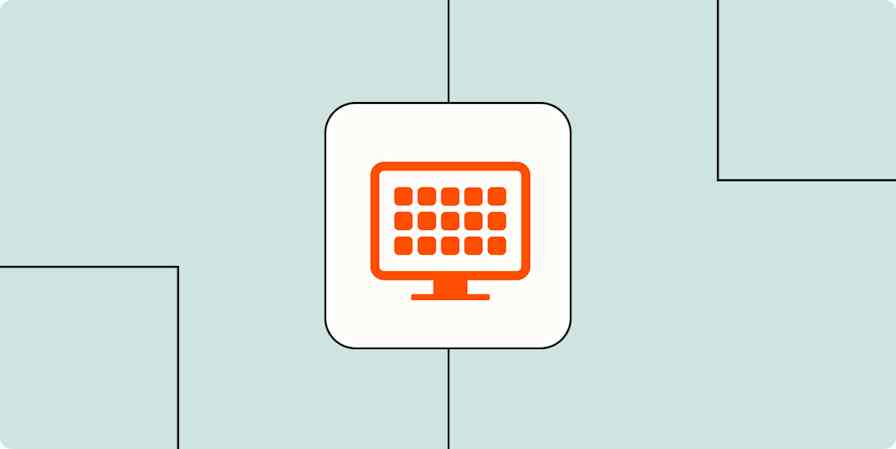Business tips
4 min readScaling your SaaS business with simplicity
How task-tracking app DoneDone grew their business without complicating the product or processes
By Michael Sanders · June 29, 2020

Get productivity tips delivered straight to your inbox
We’ll email you 1-3 times per week—and never share your information.
tags
Related articles
Improve your productivity automatically. Use Zapier to get your apps working together.








